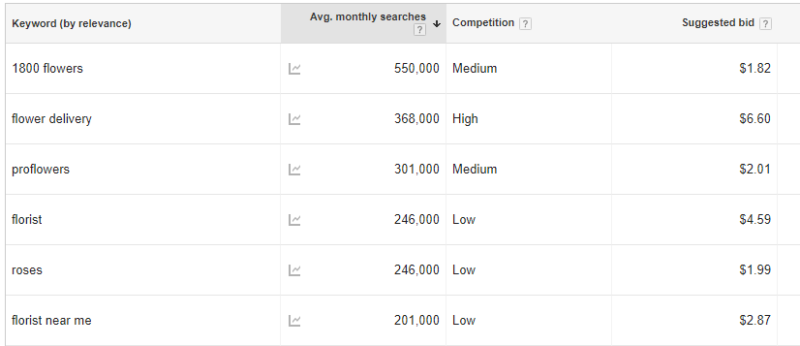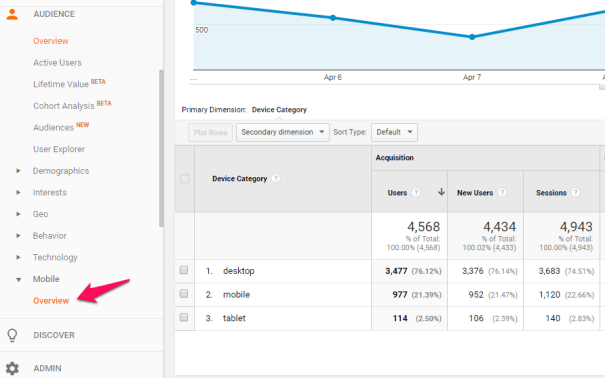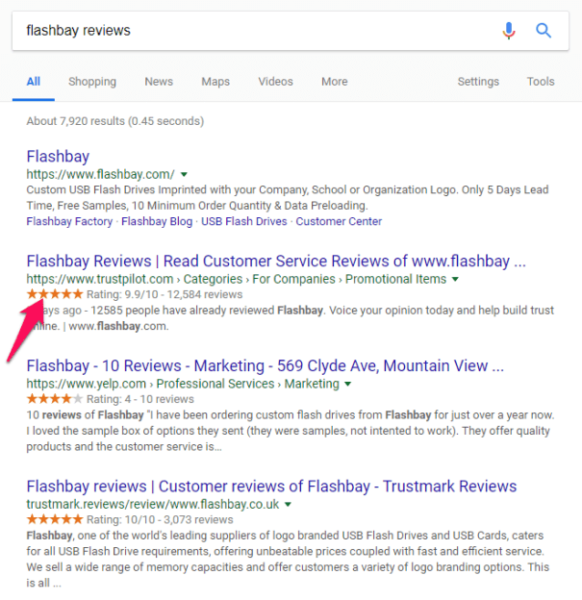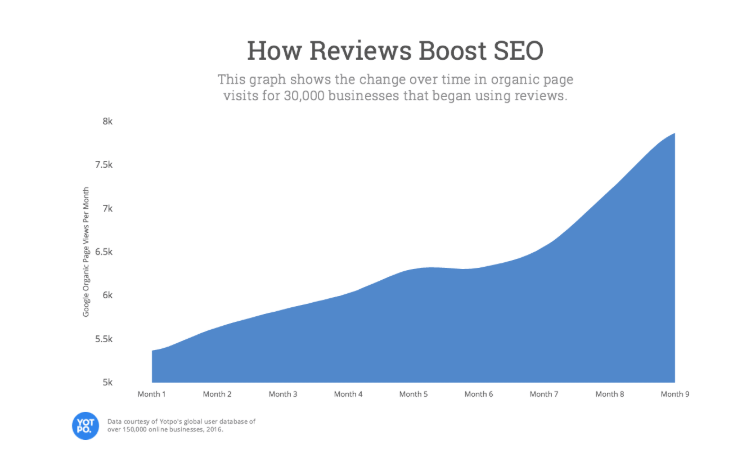How to build an e-commerce SEO strategy for large retailers
Three factors deserve special attention in developing an SEO strategy for online retailers. Contributor Manish Dudharejia shares how to take on the competition using each.
 Online retailers face a whole host of relatively unique search engine optimization (SEO) considerations most other websites don’t deal with.
Online retailers face a whole host of relatively unique search engine optimization (SEO) considerations most other websites don’t deal with.
Most discussions about those differences focus on issues such as tags, uniform resource locators (URLs), link structure, duplicate content and so on. In this post, I want to zoom out a bit and start talking about strategic approaches.
I’ve decided to focus specifically on three factors that deserve special attention in developing an SEO strategy for online retailers: keyword research, mobile crawling and customer reviews. This is by no means an exhaustive list, but I believe it’s a useful starting point.
Long-tail keyword research
To build a solid keyword strategy for your e-commerce site, you will need to determine how important long-tail keywords are to your industry and your products, as well as to what extent you should focus on them.
Many SEOs are still under the impression that long-tail keywords are simply longer keyword phrases, or keyword variations listed at the bottom of your keyword tools when you sort through traffic.
This impression is fundamentally incorrect.
Long-tail keywords are keyword phrases that:
- Will not turn up in any keyword tool.
- Will only show up in Google Analytics and the Google Search Console (if that).
- Individually have very little traffic.
- Are sometimes not searched more than once.
- Make up the majority of search traffic on the web.
A pure short-tail keyword strategy is focused entirely on keywords that you will be able to find in your keyword tools.
A pure long-tail strategy is instead focused on addressing topics, questions and problems that your audience is concerned with and elucidating those in comprehensive ways so that you can capture as many of these kinds of long-tail queries as possible. These terms tend to be closer to the bottom of the funnel.
For example, let’s take a look at Google Keyword Planner recommendations for “flowers”:
Short-tail keywords show up near the top:
“Medium-tail” keywords are those you can find in your keyword tools when you sort by minimal traffic, seasonality or niche, like this:
Capturing true long-tail traffic isn’t just about working these medium-tail phrases into your content. It is about exploring these deeper queries in depth and addressing them in such a way that almost any foreseeable question somebody might ask about the topic is addressed.
Short-tail keywords tend to be associated with product pages, landing pages, lead magnets, blog posts targeting specific queries and associated content, while long-tail keywords tend to be associated with long-form blog content and guides. These are usually associated with the top of the funnel.
Most good strategies will tackle both to some extent, but it’s important for you to understand how important the top of the funnel is for your business, how long the customer lifecycle is, how important brand loyalty and customer retention are and so on, in order to prioritize how you approach your keyword strategy.
Voice search
The rise of voice search is an important consideration that is closely related to long-tail.
As more consumers use their phones to conduct searches, more of them are searching with conversation-like queries, as opposed to simply typing in a few of the most relevant keywords and hitting “enter.”
While Google Hummingbird revamped the search engine specifically to better interpret these kinds of queries, the importance of conversational search is not something SEOs should ignore as they develop and hone their strategies.
Decisions made here will often mirror those of a long-tail strategy, as opposed to a short-tail strategy, but you will also need to factor in elements related to mobile vs. desktop behavior. For example, since shoppers tend to browse on mobile but buy on desktop, product pages are still more likely to be visited from a desktop.
Specificity of language is also something that could separate different audiences searching for information on similar topics — jargon vs. common language, for example. Somebody who knows the jargon is probably less likely to use a conversational query, while laymen are more likely to be a bit more casual with their language, and you may need to adjust your title tags so that they are more conversational.
Competitor research
To what extent should you be targeting your competitor’s keywords, and where?
While virtually any solid SEO strategy will involve looking to other sites for keyword ideas, a strategy that relies too heavily on doing this will result in a failure to effectively promote your unique selling proposition and target unique keywords that your competitors haven’t tried yet.
In retail, you will need to go deeper than simple copycat keyword strategies if you want your product pages to do well. Unless you are selling exclusives, since other retailers are selling the same products, you will need to use unique keyword variations; otherwise, the search engines will have no reason to rank you over the same companies.
You may also want to think cross-industry and identify keyword mixtures that none of your competitors are using but that still apply to your products, particularly those keyword mixtures that are most in line with your unique selling proposition.
Suppose, for example, you were selling an environmentally conscious water filter. Aside from looking at the keywords other water filter companies were targeting, it would make sense to look at the keywords other environmentally conscious companies were targeting, even if those brands did not sell water filters.
Since direct overlap with product keywords will be rare, the best place to turn to is a blog. In this case, we would want to turn to an environmentally conscious blog like Treehugger.com. We could then run the domain through a keyword tool:
And take a look at the keywords they are ranking for:
From here it would become apparent that “earth day tips” would be a good opportunity for a blog post where discussing your environmentally conscious water filter would be a natural fit.
Mobile crawling
As of August 2017, 57 percent of traffic on the web comes from smartphones and tablets instead of desktops, and the rankings for each are different about 80 percent of the time.
Making strategic decisions about how you approach mobile SEO is absolutely vital.
Here are a handful of questions and answers to take into consideration:
Question: What percentage of your traffic is coming from mobile devices vs. desktop, and how does this vary for each market and geographic region?
While we touched on this with voice search and keyword research above, these considerations impact far more. If your primary, core users are still at a desktop and have to be in order to make the most of your site, your SEO strategy will be tremendously impacted when compared to most retailers, which should be developing mobile-first strategies.
Question: Are you prepared for mobile-first indexing?
This is something Google would have informed you of through your Google Search Console. If you are in the mobile-first index, it means that the mobile version of your site is the one that is being used to determine search results, meaning that the desktop version of your site is completely irrelevant for search. The strategic implications of this are massive.
Question: Are you still running mobile versions of the site that are separate from your desktop version?
This is generally not how it’s done anymore, in part because of mobile-first indexing, but also because the majority of users expect to do all of the same things on their phone they can do on their desktop. If there is a disconnect, most users will be irritated.
That said, some elements may be impossible to make usable on mobile or will require considerable development to implement. It’s important to really evaluate your core uses here to determine which elements should be responsive and which, if any, should be screen-dependent.
Question: Is AMP a good fit for your website and business?
Accelerated mobile pages (AMP) speeds up load time and reduces server load, but it does so by feeding information from the Google cache and limits your analytics abilities.
AMP can be a good fit for some sites, but e-commerce sites with unique features and highly dynamic pages really shouldn’t be accessed from the cache, so it may not be a good fit. This means important features like product recommendations on product-page checkouts, forms, logins and split (A/B) tests don’t work. Most third-party integrations will also fail, and Google has confirmed that AMP is not a ranking factor.
All in all, AMP generally is not a good fit for the e-commerce elements of your brand and should only be considered for the top-of-funnel content.
Customer reviews
While customer reviews aren’t something SEOs have direct control over, reviews have an important impact on SEO, and digital marketing strategy can certainly influence how reviews are approached.
Consider the following:
Reviews on third-party platforms. Platforms like Trustpilot, which automate the review-collection process and can indirectly influence your search engine rankings, are an important consideration, and links from these third-party pages can also help your search engine results page (SERP) potential. These sites pick up star ratings that have a strong influence on your brand image:
Brand mentions on social media. Mentions lead to user-generated content and brand authority, which can impact your search engine performance. Monitoring these conversations and taking part in them is a crucial part of modern SEO.
Garry Illyes of Google mentioned this trust signal specifically during a BrightonSEO keynote in September 2017:
Basically, if you publish high-quality content that is highly cited on the internet — and I’m not talking about just links, but also mentions on social networks and people talking about your branding… then you are doing great.
Duane Forrester, formerly with Bing, confirmed that brand mentions can be as useful as links during a session at SMX West 2016:
Years ago, Bing figured out context and sentiment of tone, and how to associate mentions without a link. As the volume grows and trustworthiness of this mention is known, you’ll get a bump in rankings as a trial.
Solicited on-site reviews. While sites such as Yelp discourage soliciting reviews on their platforms, Amazon solicits reviews from their customers, and retailers who want to succeed should follow suit.
With the proper semantic markup, this generates star ratings in the search results which improve click-through rates and have been shown to directly or indirectly relate to positive rankings. User-generated reviews also massively increase conversions in the vast majority of cases.
Studies show a significant correlation between on-site reviews and search engine traffic, from Yotpo:
Conclusion
SEO strategy is formed by your industry, unique selling proposition and market position. It’s important to remember that SEO is not and cannot be a template-based approach to marketing. Use these considerations as a jumping-off point to hone your strategy and take on the competition.
Contributing authors are invited to create content for Search Engine Land and are chosen for their expertise and contribution to the search community. Our contributors work under the oversight of the editorial staff and contributions are checked for quality and relevance to our readers. The opinions they express are their own.
Related stories







